It’s barely been three months since we dropped our review of Yakuza Kiwami on PC. However, a year has passed in the story, and protagonist Kazuma Kiryu has enjoyed some relative, well-deserved calm from the turmoil of the original’s final act. Of course, things never seem to go Kiryu’s way, as he’s once again dragged into the world of gangs and violence. And this time, he’s not the only Dragon in town.
Yakuza Kiwami 2 is a complete remake of Yakuza 2 from 2008 on the PlayStation 2. Like its predecessor, it borrows its engine from a previous Yakuza game. This breathes new life into its gritty streets and grouchy denizens of Kamurocho, as well as Sotenbori, the other city you visit. But while the bread and butter of the game — combat, sense of humor — stands tall, the listless story ends up tripping on its disco shoes.
There Can Only Be One, I Guess
One of the fundamental foundations of the most popular Yakuza games is rich storytelling with compelling characters. It is here that Kiwami 2 falters somewhat. Unlike the original, which introduced a cast of interesting and complex personalities, Kiwami 2 resorts to predictability. Enter the Dragon of Kansai, Ryuji Goda, Kiryu’s self-proclaimed rival. A meat popsicle with bleached air, Ryuji has but one desire: to be the only Dragon worthy of the name.
His motivations to start a war with the Tojo Clan are vague, however, and the story often has a difficult time defining his role. Is he the antagonist? That’s what we’re led to believe. However, Ryuji is often held aside for the mystery surrounding the Jingweon Mafia, a Korean mob that suddenly resurfaced after once thought to be wiped out. In fact, the Jingweon dominate the majority of the game’s narrative, occasionally dragging Ryuji out of timeout just long enough to remind you that there is still a shirtless final boss fight on top of a large building to look forward to.
A fight is had, of course. However, Ryuji never seems to fully enter his part as the top bad guy. Kiwami 2 is a hive of scum and villains. The game’s denouement is a baffling ordeal, where boss fights lead to twists on top of twists with multiple antagonists, followed by betrayals and more brawls. Yakuza Kiwami 2 is less Japanese crime drama and more Spanish soap opera. I would have expected someone with amnesia showing up if the first game hadn’t already pulled that card.
Setting the Pace
Other characters don’t fare much better. Kaoru Sayama is a detective charged to take Kiryu into custody so she can get dirt on what’s happening with the Tojo Clan. However, she and Kiryu become allies, and thus begins another buddy cop adventure, much like the one we had with detective Date. But unlike Date, whose character ran deeper than the simple “hard-boiled detective” routine, Kaoru doesn’t stray far from her banal tough cop convention.
In a strange turn, Kaoru somehow ends up as Kiryu’s love interest. It would have been more believable if there was any chemistry between the two. When romance did happen, it came about as unexpected as fish flying through your bathroom window. You don’t know what just took place, but you’re too stunned to look away.
Haruka Sawamura also makes a return, somewhat. She’s missing for the majority of the story, only to get kidnapped for the umpteenth time in a later chapter (hello, women in the refrigerator trope). It’s really a shame, considering how great a character she’s already proven to be. With Kiwami 2, however, Haruka feels more like an afterthought.
Kiwami 2 is thankfully not completely doomed. While the story itself pales to others in the series, Sega once again proves its mastery over brilliant pacing — discounting the final act. Kiwami 2 is rich with brilliant cut scenes to tell its tale, with some great characters (again, discounting the prior examples) and excellent voice acting. It’s sublime that even a brief moment between Kiryu and Date reminiscing over whiskey and smokes can so thoroughly arrest your attention. It’s the story’s saving grace.
Like a Dragon (Engine)
As per Yakuza tradition, however, pacing isn’t Kiwami 2‘s only grace. Like Yakuza Kiwami before, the game borrows its engine from a more recent game in the series. While the original followed Yakuza 0‘s lead, Kiwami 2 uses the Dragon Engine from Yakuza 6: The Song of Life. The differences are not slim, mind you. Kiwami 2 looks even better than its predecessor, boasting better lighting and textures. You visit two distinct cities in the game: the familiar Kamurocho and its entertainment twin, Sotenbori. Both are gorgeously rendered with the new engine, especially Sotenbori, with its glowing shop signs reflecting in the calm river that cuts through the heart of the city.
The use of the Dragon Engine provides more than just provide stunning visuals. Most buildings can now be entered without having to wait through a loading screen. More often than not, fights that begin on the streets can spill into shops, as patrons try running away and screaming at the unwelcome whirlwind of flying fists and teeth.
A Place for Everything
The map system has received a revamp, offering a mini-map that shows wandering citizens as dots. It won’t make it any easier to wade through them, mind, but it’s a neat feature nonetheless. You can also add a flag to the map, which shows up on the mini-map as a green arrow.
Questing has also been vastly improved. You can track all your current objectives in a Tasks menu, which displays both main missions and substories. You can scroll through your list of substories, or side missions, and the map will highlight which is which, making it far simpler to track. For years now, I’ve gotten used to the more archaic map system featured in Yakuza. I feel that I never knew how much I’d needed the upgrade until now.
Fist To Face Style
Despite all the talk of story and system upgrades, Yakuza Kiwami 2 is still a heavy-hitting action game at its heart. However, combat is a little more simplified when compared to Yakuza Kiwami, which borrowed its system from Yakuza 0. Gone are the four different fighting styles the previous game employed. Instead, Kiryu uses only his tried and true Dragon fighting style.
Admittedly, this change to the combat feels like a downgrade. The ability to quickly swap from one style to the next depending on the opponent gave Kiwami a sense of depth to its combat. In Kiwami 2, it feels about the same as always, and that’s not exactly a good thing. I missed being able to change to the Rush style for quicker opponents, or switch to my favorite, Beast, and introduce some jaws to this table I found.
Regardless, the classic Dragon style still isn’t anything to sneeze at. The style is near perfect in this iteration, and the upgraded physics engine adds more weight to every blow. Enemies fly across the ground with every thunderous rib kick, knocking other opponents to their feet. Objects such as signs and bicycles shatter in a cloud of dazzling particle effects. You can feel every punch and kick through the screen, and grapples and finishers drew a goofy grin across my face with each fight. Heat actions add flash to finishing blows, allowing you to dispatch opponents as painfully as possible. No, it isn’t as deep as it was before, but damn does it feel good.
Power Up!
Fights earn experience points, which allows you to strengthen Kiryu even further. Stats are split up five ways: strength, agility, spirit, technique, and charm. With these, you can bolster your health or heat gauge, improve movement or increase sprint stamina, add more heat actions, or just improve your stomach capacity so you can stuff yourself even more. There are, once again, skills to gain through old master Komaki. You can also discover long-since-forgotten abilities by going to an acupuncturist in Sotenbori.
Sightseeing Tour
Yakuza Kiwami 2 doesn’t stray far from its predecessor in segregating its gleefully bizarre humor to side quests. And there are a lot of these mini adventures to be had. Hell, you’d be absurdly (un-)lucky not to stumble into several side quests just wandering the streets. Kiryu himself briefly mumbles a line about how often random citizens flag him down for protection or a clean pair of underwear.
This is, of course, all part of the Yakuza charm, which you would be a fool to ignore. Sure, you can go at it a few rounds with the claw machine and nab yourself that elusive fat bird plushy. But with a bit more effort, Kiryu could find himself fighting hardened thugs wearing diapers, or voicing the gay protagonist of a Boys Love video game. Yakuza-style awkward hilarity? Seek, and ye shall find.
As per the norm with Yakuza games, there is a literal embarrassment of other distractions outside of questing. Many of the little amusements found in Kiwami 2 can be labeled staples of the series by now. You can sing your leathery, gangster heart out at a karaoke bar, and naturally, there’s also gambling, the batting changes, restaurants, golf, Shogi, Mahjong, and coliseum fights.
Kiryu can also find himself as a bouncer mercenary for hire. These Bouncer Missions are a different take on the standard back alley beatdowns. Such missions take you to certain places around town and challenge you to take out multiple groups of thugs. There are special rules in place, however: you can’t use health items and there is a time limit. But completing missions garnishes you with special rewards, so it’s good to take up a fight or two on the occasion.
Virtual (Number) One
CLUB SEGA also makes its return, and you can finally play the machines. Both Virtua Fighter 2.1 and Virtual-On are proudly displayed, and playable, at the iconic arcade. The addition of these two Sega classics left me giddy. Both games have had a place in my childhood, especially Virtual-On, which I jumped into right away. The twin-stick shooter’s controls haven’t aged all that well and felt a tad on the sluggish side. However, tearing through giant robot mechs is still as gratifying as I remember.
Of course, Yakuza‘s penchant for the unusual has blessed the mini-game collection. In Kiwami 2 there exists a delight known as Toylets. The loosely defined game “challenges” you to defeat an AI opponent by – what else – peeing hard enough into a special urinal. Do I have your attention, yet? The brilliant inventor of the game even gives Kiryu a Toylets Sensor to tell him when his bladder is full. There is also the Gravure Photo Studio, which has Kiryu take photographs of real-life models in risque poses. One model wears a maid uniform, because this is a Japanese game. I have been playing Yakuza games for nearly 13 years, and I still find myself astounded by the lengths Sega goes to make me say “what in the fresh hell” with every iteration.
The Hostess With The Mostess
Beyond the regular mini-games and side quests, there are two notable side stories. The first of these is the Cabaret Club Grand Prix. Yakuza has rarely shied away from offering hostess clubs where you can drink and chat up women who pretend to be into you. Mostly, it’s just another one of the franchise’s myriad of distractions, save for a couple of games that focused on such venues. In Kiwami 2, you can manage a hostess club, recruiting fresh talent, buying dresses, changing service styles, and more. The impetus, however, is to grow your club’s reputation in order to compete in a cabaret league.
Managing a hostess club isn’t for everyone. It’s a surprising amount of work, and a lot of it consists of waiting around and watching your hostesses mingle with patrons and stepping in with kind words or gifts when needed. There are role-playing elements, in which you can change the hostess’ looks with makeovers, outfits, and accessories. Improving your their abilities allows them to handle multiple customers, and the more people entertained, the fatter the bill. Platinum hostesses are your top earners, the stars of the show, and you can improve their stats with dating mini-games. It’s a lot of micromanagement, and frankly, I didn’t find it to be all that fun. Of course, that’s more of a personal opinion. If you enjoyed the hostess training in Yakuza 0, then maybe you’ll have a better time.
Blue Collar Crimes
Sadly, I didn’t find the other major side story too enthralling either. You know Goro Majima by now, right? Of course you do. The wildly eccentric Mad Dog of Shimano has returned to the fold, with a brand new bug up his ass. Like Yakuza Kiwami with its superb Majima Everywhere system, Kiwami 2 grants our favorite nutjob a new role to play — not as Kiryu’s tormentor, but as the head of a construction company. Majima Construction has broken ground in Purgatory, and everyone wants a piece of that pie.
This is Kiwami 2‘s take on the Clan Creator mode from Yakuza 6. There are some notable changes, mind. For one, it’s far more simplified. Teams are broken up as three groups of eight, and the primary goal is defense. Enemies swarm onto a top-down board, where you position your employees to protect precious construction equipment. The mode feels more like a tactical tower defense this time around, where you place units strategically based on four unit types: balanced, attack, defense, and support. You can activate special abilities in some units, such as repairing equipment or buffing attack damage for a set amount of time. Enemies come at you in waves, and often you’ll have to deal with tough bosses that take all your units to defeat.
You Get A Dragon, And You Get A Dragon
The problem, though, is that the mode really isn’t all that fun. Despite the environment changing from time to time, the gameplay generally consists of a few repetitive motions: arrange, wait, arrange, wait, heal, wait. It gets monotonous after a while. Maybe it wouldn’t be such a bad distraction if there were just a handful of missions. But there are more than 20, and it’s unlikely you’d get halfway through before boredom settles in.
There is a story to follow. A rival construction company is trying to swoop the Kamurocho Hills project away from Majima, and it’s up to Kiryu as foreman to prevent the theft. You battle against the Three Musketeers, aged lenders who join the competing company and act as separate boss battles. One of the Musketeers has also adopted the title of Dragon. In case you haven’t kept up with the numbers, Kiwami 2 features not one, but two Dragons set on taking down a third Dragon, Kiryu. That’s too many! At this point, they must hand out Dragon titles like garlands at a Hawaiian airport.
The addition of the off-kilter Majima as the boss is the mode’s one boon. He’s still hilarious, and his personality has peppered the mode — such as the employee recruitment banner that reads “Join the team! We build shit!” But it’s not enough to stave the tedium.
Adventures Of Majima
Luckily, Majima stars in a far more entertaining adventure outside of the main Kiwami 2 story. As you progress through the game, you unlock three prologue missions that follow Majima. Here, you find out just why the Majima family bowed out of the Tojo Clan just before things got dicey. As is the case for many Yakuza plots, there’s a lot of money and betrayal involved. One of Majima’s boys goofed up bad, and it’s up to the boss to track the kid down and find out why. His travels take him back to Sotenbori, where he spent a lot of time running a hostess club in Yakuza 0. Nearly 20 years have gone by since then, and Majima is on a nostalgia trip.
It wouldn’t be fair to spoil what occurs during his return to Sotenbori. But I was surprised by how tender and heart-felt Majima’s adventure turned out to be. A chance meeting with a long-forgotten face from his past was brilliantly executed by the Yakuza team. It spurred warmth to once more return to my cold, shriveled heart. Majima’s adventure ended up one of my favorite parts of Kiwami 2. And it’s not just due to the Mad Dog’s fun and erratic fighting style, which can be loosely described as Dance Dance Revolution but with knives.
Curtain Call
Despite the okay story, Yakuza Kiwami 2 isn’t anywhere close to a failure. Really, it’s still a damn good game; it’s just not the best Yakuza game. Of course, it’s also not the worst (*cough*Dead Souls*cough*). The game is built upon a solid framework of rewarding combat that crackles with joyous energy, and the pacing of its cutscenes keeps your attention locked. With so many improvements to its core systems, it’s indeed a shame that the same level of polish can’t be found throughout. Regardless, Yakuza Kiwami 2 is still worth playing, if nothing else than to once again feel like a badass as the indomitable Kiryu Kazuma.
It’s just a shame that the Kiwami series should end here instead of continuing on with the remainder of the series. I would have loved to see Kiryu don that hideous red Hawaiian shirt with improved visuals. Still, the Kiwami games were a wonderful experiment, not one that many developers would consider. It goes to show just how wonderful these games are, and the level of love and devotion the development team and series fans have for Yakuza. The legacy of Kiryu’s saga was never really one of simply punching dudes (though, it is a big part). Instead, it’s an overarching story of suspense, humor, and a lot of heart.

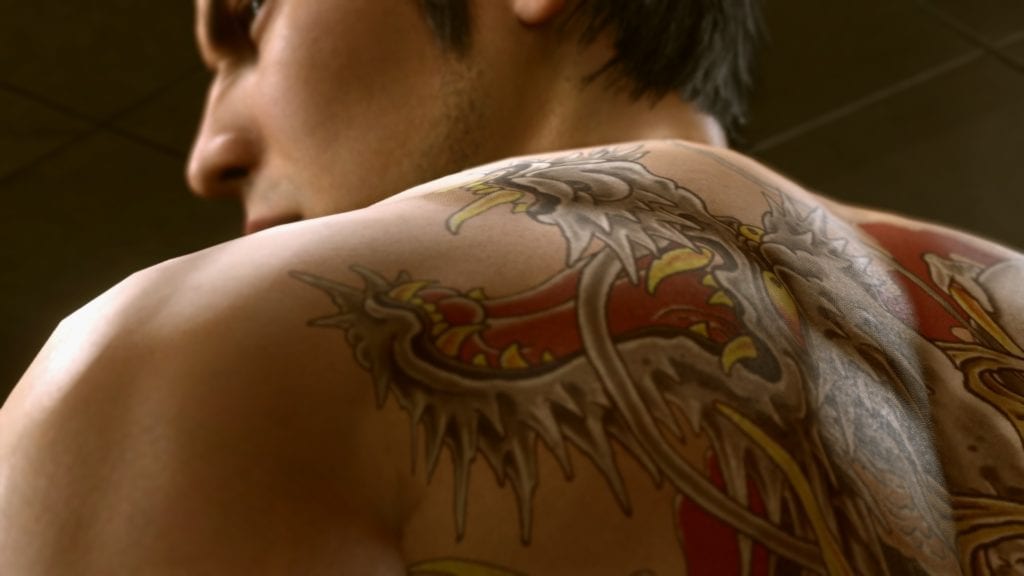
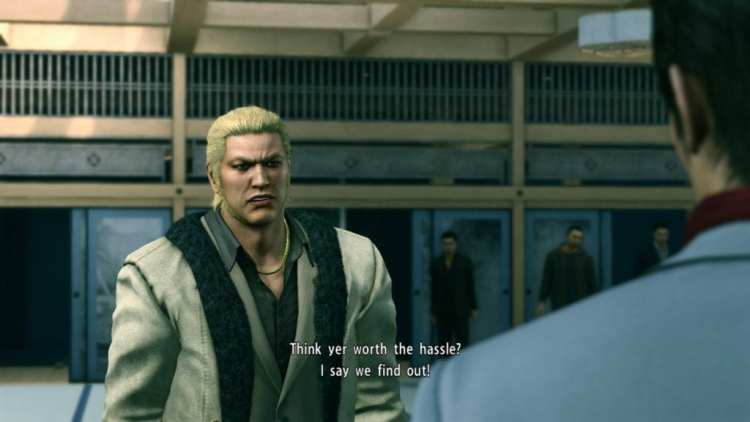
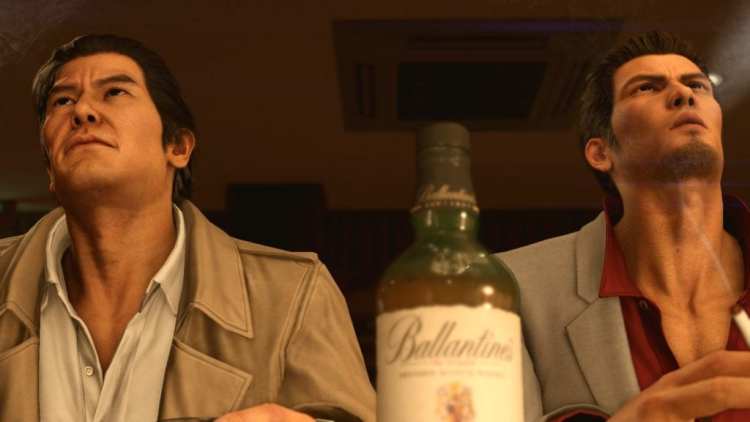
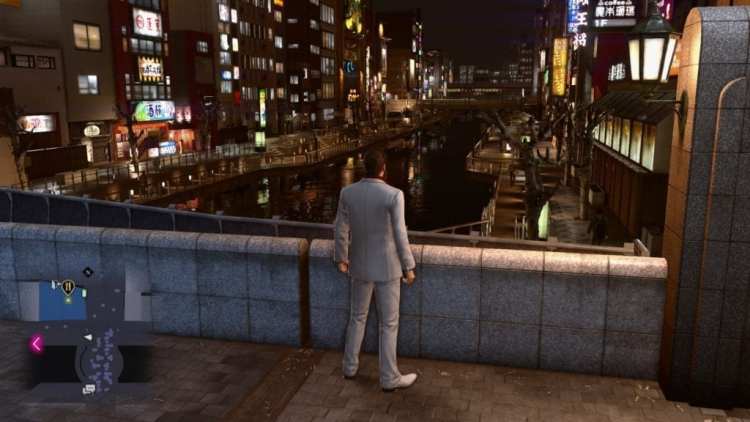
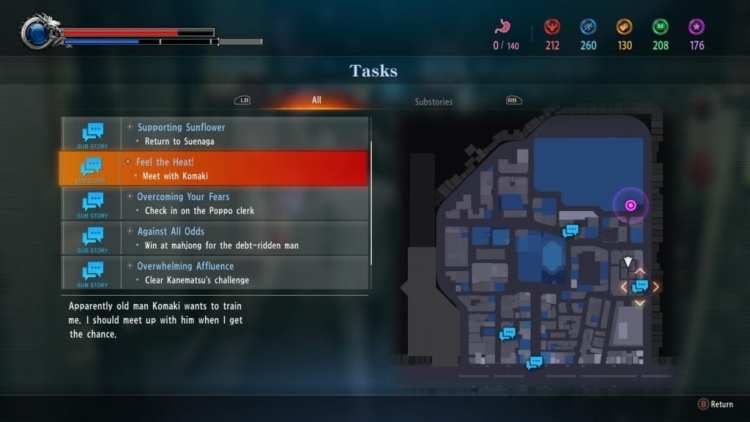
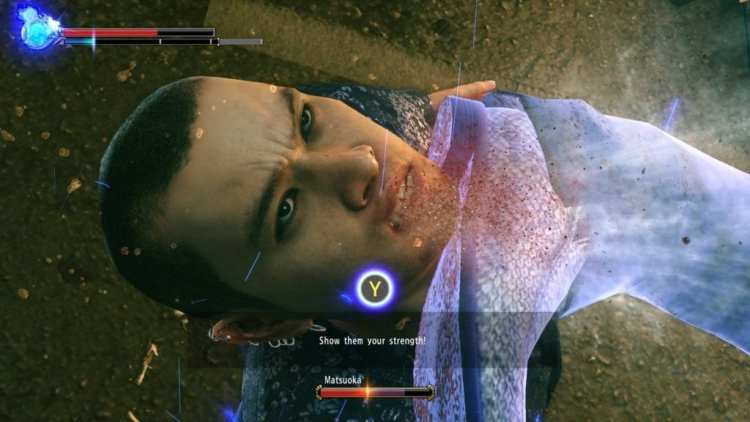
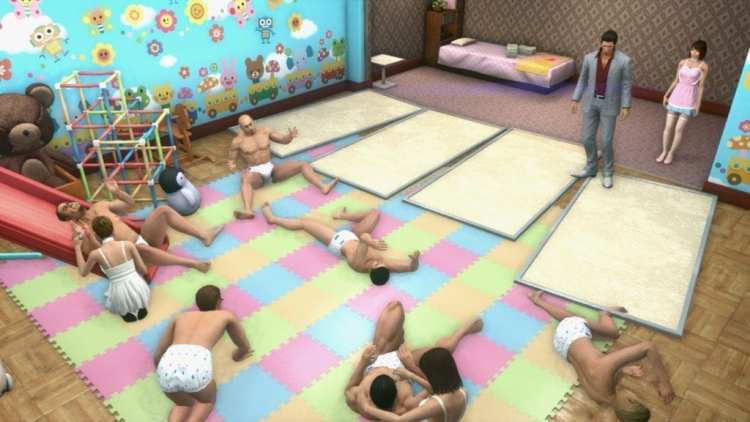

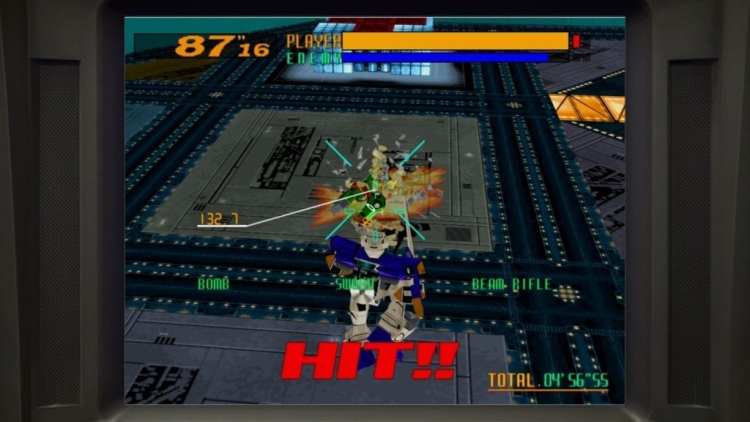
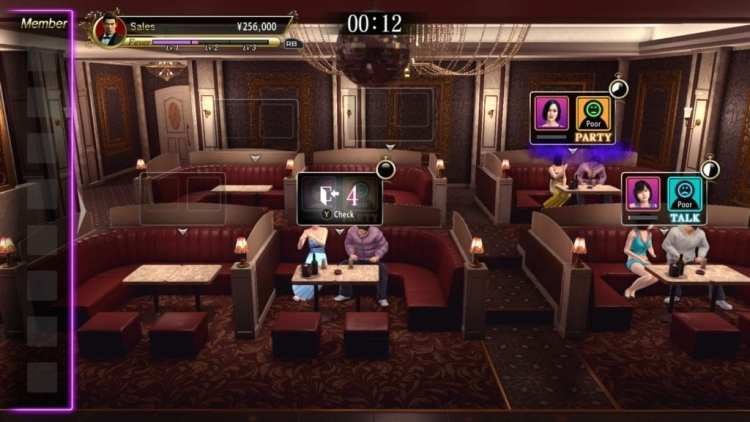
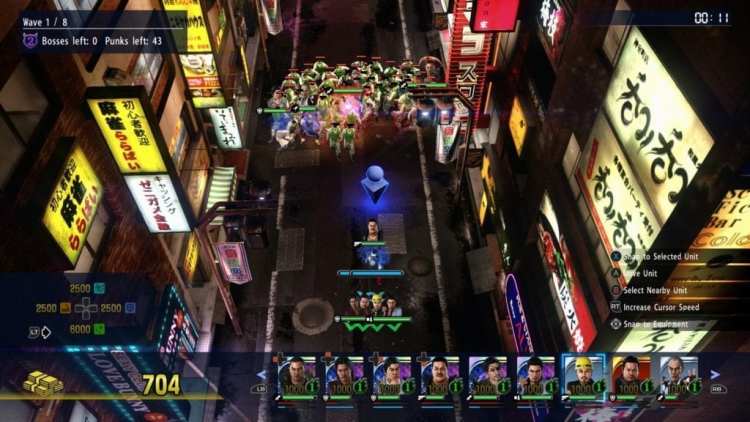
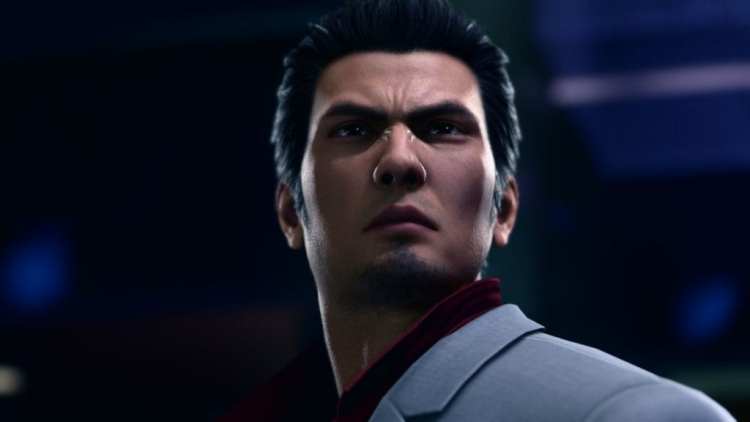
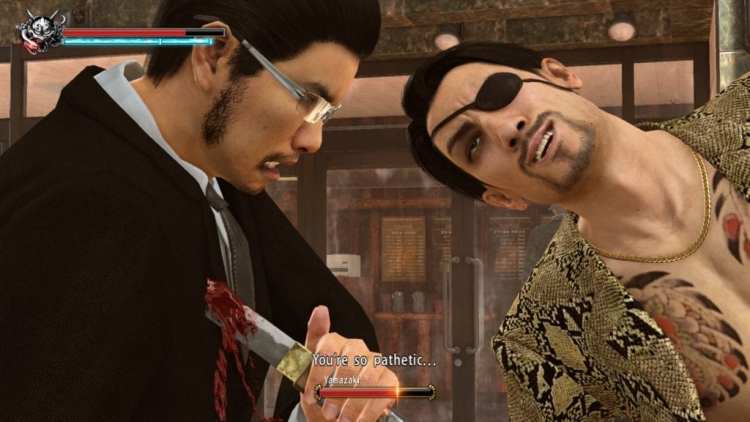





Published: May 2, 2019 2:00 PM UTC